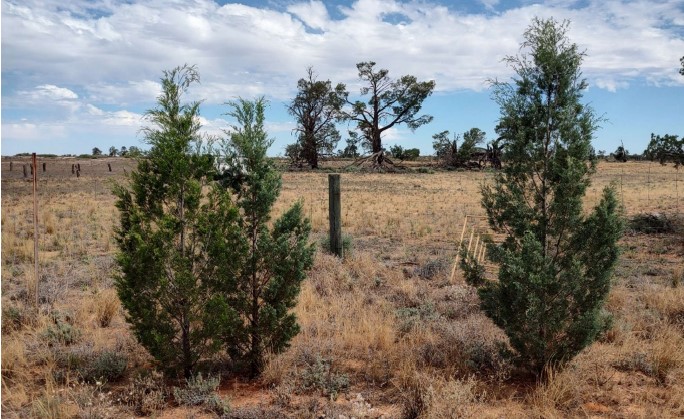Grazing by rabbits, even at post-calici densities, can still inhibit the recruitment of palatable plant species and result in more weeds like horehound; that is one of the findings of a recent project from PhD candidate Neil Ross (UNSW).
Neil studied 15 long-term grazing exclosures in the NSW and SA rangelands to understand the impact of rabbits and kangaroos on ground layer plants, in the absence of livestock. Results showed that rabbits consistently have negative impacts on ground layer plant communities, (regardless of whether kangaroos are present or not), while kangaroos are more benign, (especially if rabbits are excluded).
Conclusions from the study include:
- Rabbits are likely to be keeping Australian rangelands suspended in a degraded state with increased weeds and inhibited recruitment of woody species.
- Rabbit control can facilitate rangeland recovery, but their control alone may be insufficient, e.g. where historic seed banks have been lost.
- Improvements in rangeland condition through rabbit control can be facilitated under kangaroo grazing, as long as kangaroos are not over-abundant.
Rabbit-Free Australia was pleased to help support the research project. For more information, see:
- Project Summary. Rabbits still affect Australian rangelands.
- Final Report. Rabbit impacts on ground layer plant communities in arid rangelands.

Native pine (Callitris) regeneration is only evident inside a grazing exclosure, Mungo National Park, NSW. Image Neil Ross (UNSW)
